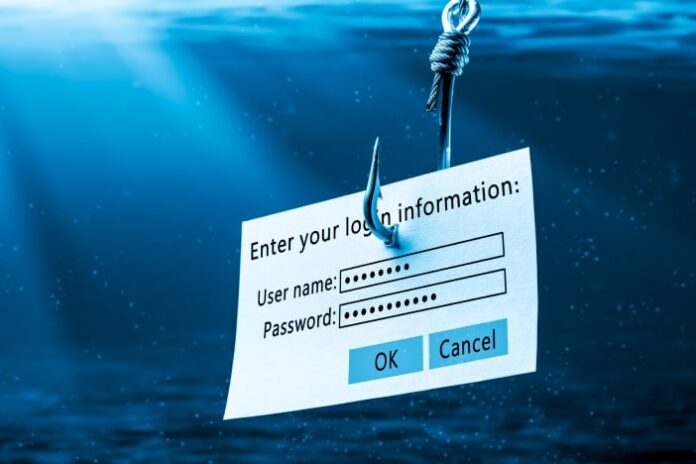You might be familiar with phishing, but did you know there’s also something called spear phishing? Spear-phishing emails are a more targeted type of spam that can be much more harmful. Many attackers use the information they glean from research to make their victims feel more comfortable during spear phishing attacks. These attacks usually aim to infect devices with malware or trick the victim into taking actions that will help the attacker, such as giving over information or money. This blog post will show you how to protect yourself from spear phishing attacks.
What is Spear Phishing?
Spear-phishing is a cyberattack in which attackers send phony communications that appear genuine to gain access to sensitive information or a computer system. “Spear phishing,” as the name implies, is a phishing campaign directed at one person or group. It frequently includes material known to be of interest to the target, such as current events or financial documents.
Spear phishing, like other social engineering assaults, takes advantage of our most basic human qualities, such as a desire to be helpful, give a positive response to those in positions of authority, a desire to respond favorably to someone who shares similar tastes or viewpoints, or simple curiosity about current events. These messages are sent via e-mail to persuade the recipient to open an unsafe link or attachment.
How to Protect Against Spear Phishing Attacks
Filter your e-mail and implement anti-phishing protection
One of the best ways to protect against spear phishing attacks is to filter your email. Many email providers have built-in filters that can help block spear phishing emails, and there are also a number of third-party anti-phishing solutions available.
Additionally, educating yourself and your employees about the dangers of spear phishing and how to spot suspicious emails is important. Some red flags that an email may be part of a spear phishing attack include:
- The sender’s address doesn’t match the name of the person or organization in the message.
- The message includes grammar or spelling errors.
- The message contains unusual links or attachments.
- You’re being asked for personal or financial information
- You’re being asked to click on a link to update your account information.
If you’re ever in doubt about an email, it’s best to err on the side of caution and either delete it or contact the sender directly to verify its authenticity.
Encrypt any sensitive information you have
Another way to protect against spear phishing attacks is to encrypt any sensitive information you have. This will make it much more difficult for attackers to access your data if they can trick you into clicking on a malicious link or attachment.
There are a number of different ways to encrypt data, but one of the simplest is to use a password manager like LastPass or KeePass. These tools can help you generate strong passwords and store them securely, so you don’t have to remember them all yourself.
Keep your software up-to-date
One of the most important things you can do to protect your devices from spear phishing attacks is to keep your software up-to-date. This includes your operating system, web browser, and any plugins or extensions installed.
Outdated software often contains security vulnerabilities that attackers can exploit to gain access to your device. By keeping everything up-to-date, you can help close these holes and make it harder for attackers to get in.
Beware of public Wi-Fi
A great way to avoid spear phishing attacks is to be cautious when on public Wi-Fi networks. Many of these networks are unsecured, which, unfortunately, means that anyone using the same network can see your internet activity. Never use public Wi-Fi without connecting to a secure VPN first. Traffic encryption and data protection are essential when using networks that snoopers could infiltrate.
Run frequent backups
Finally, running frequent backups of your data is always a good idea. This way, if you fall victim to a spear phishing attack and your data is compromised, you’ll be able to restore it from a backup.
There are many different ways to back up data, but one of the simplest is to use a cloud-based storage service like Dropbox or Google Drive. These services automatically back up your files and make them available from any internet-connected device.
Spear phishing is a serious threat, but there are steps you can take to protect yourself and your devices. By filtering your email, encrypting sensitive information, keeping your software up-to-date, and being careful when using public Wi-Fi, you can help reduce your risk of being targeted by a spear phishing attack.

